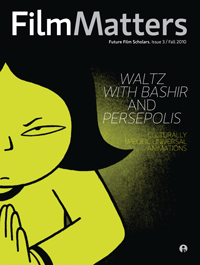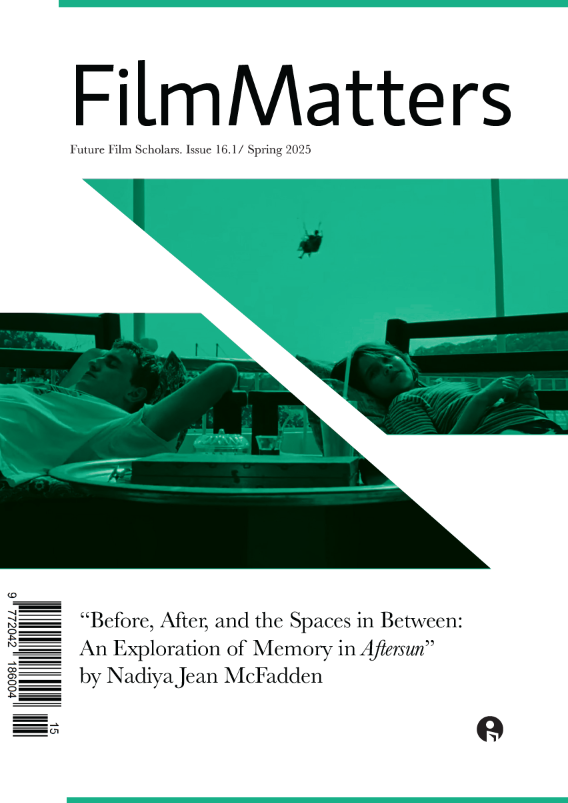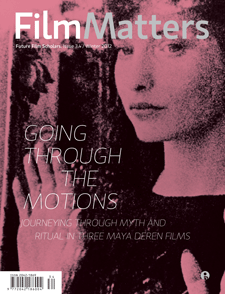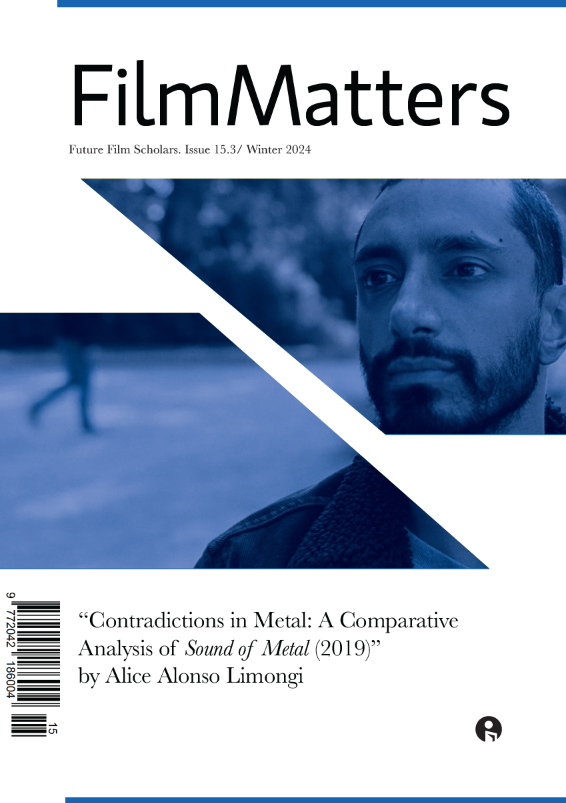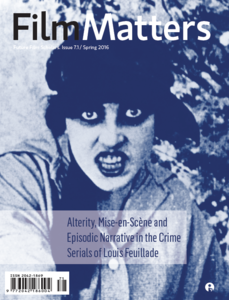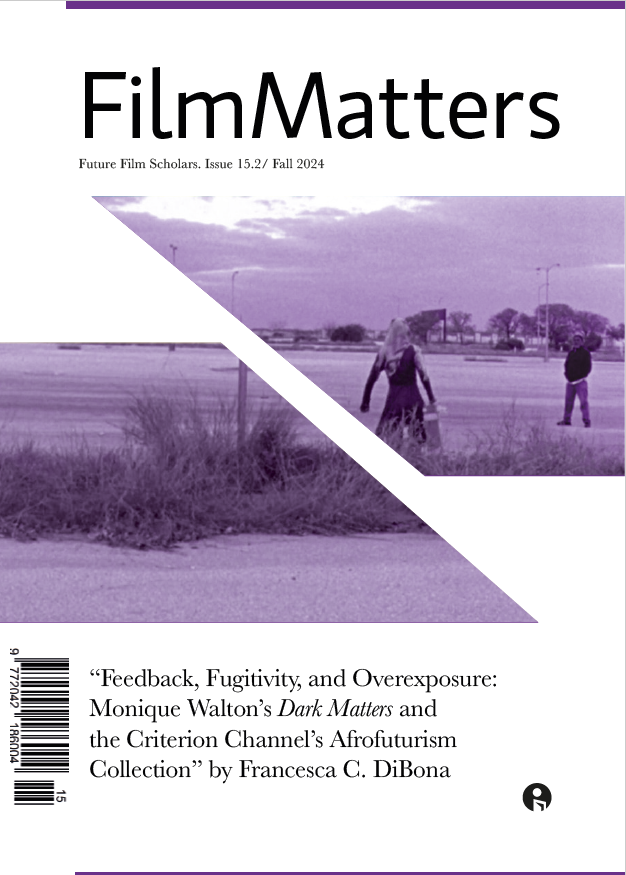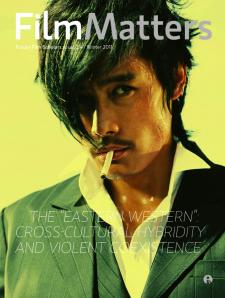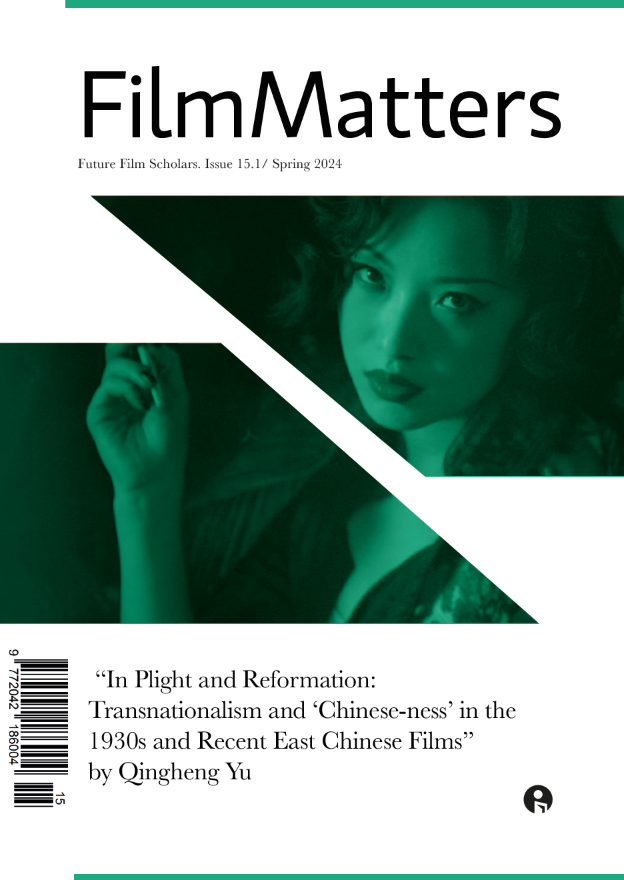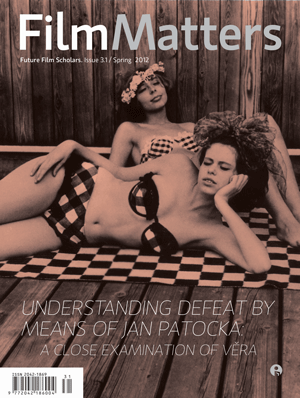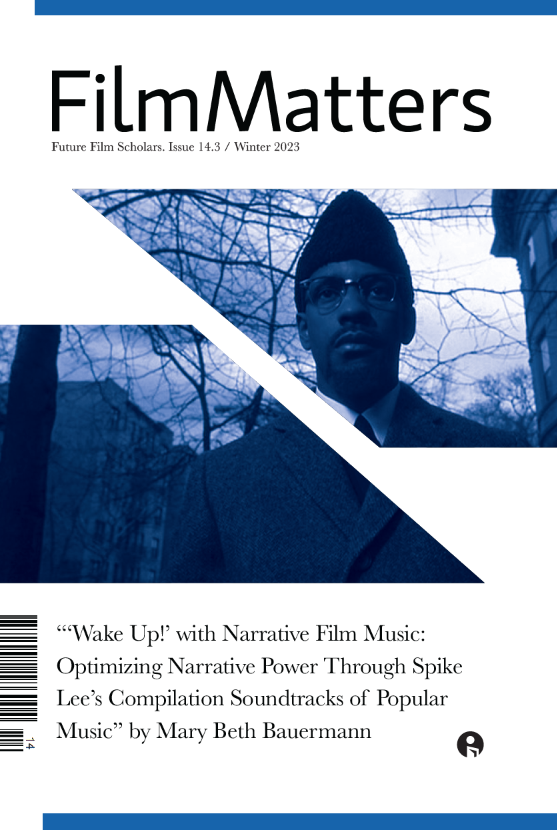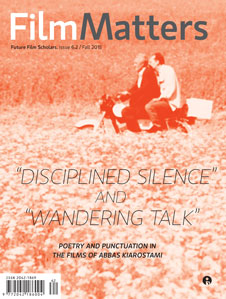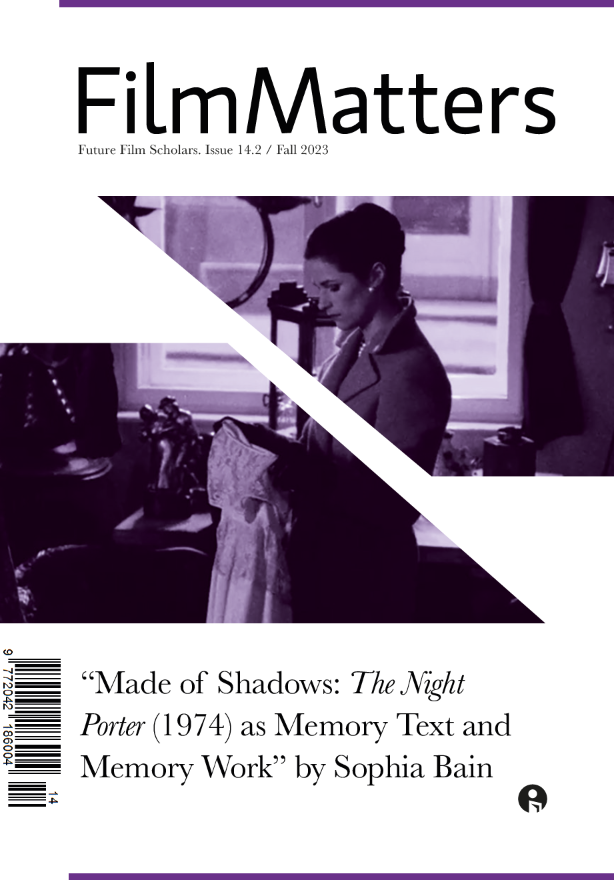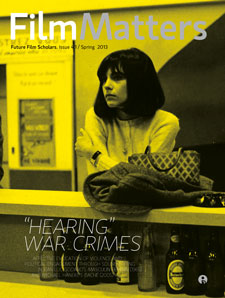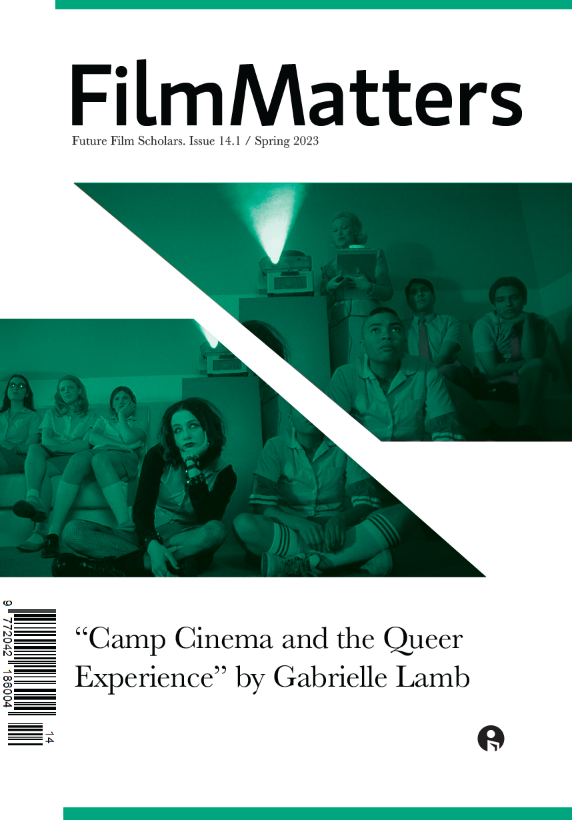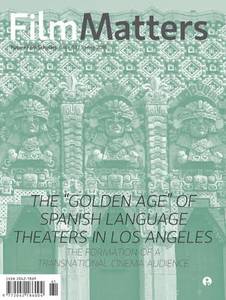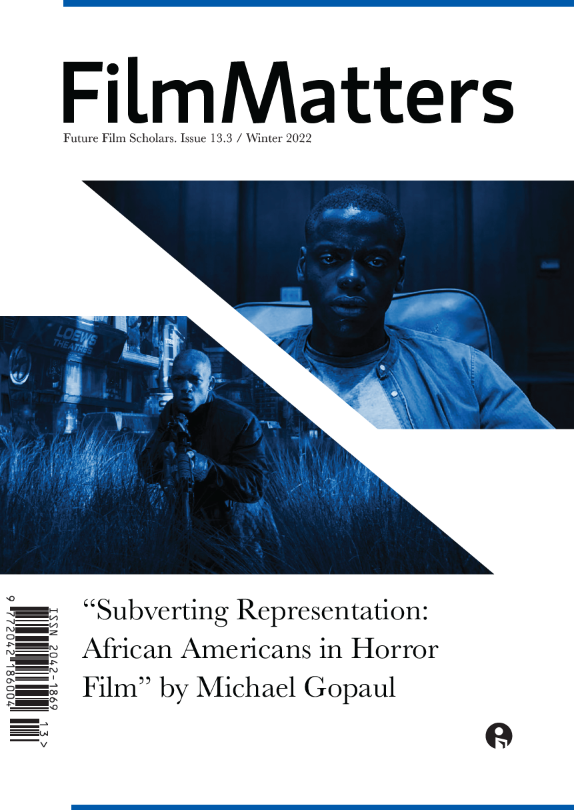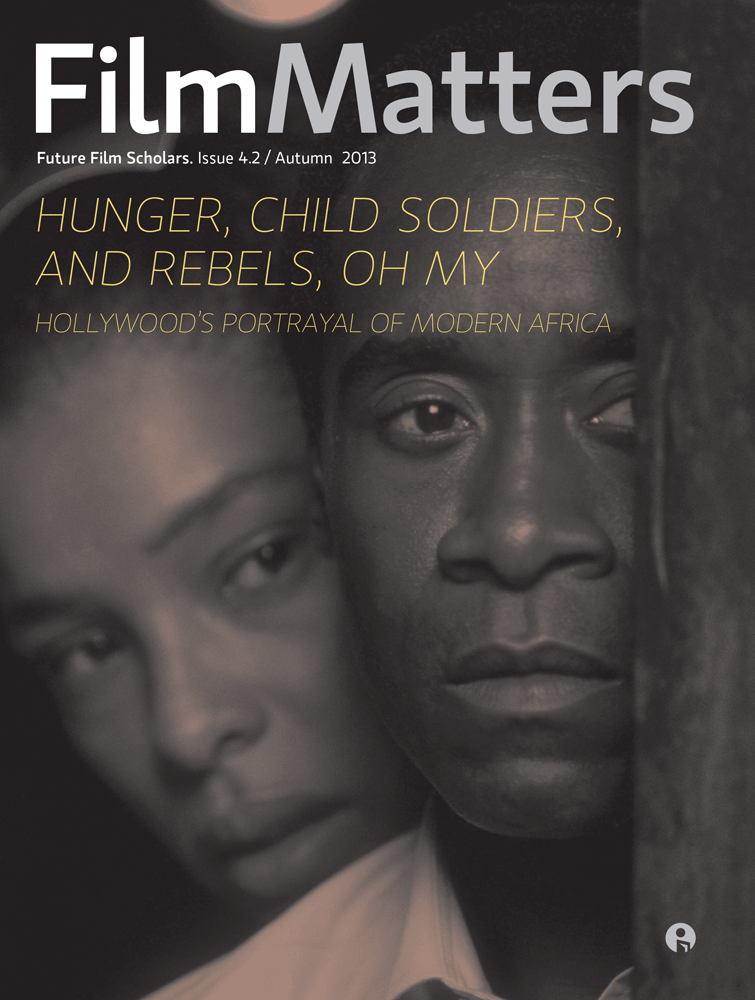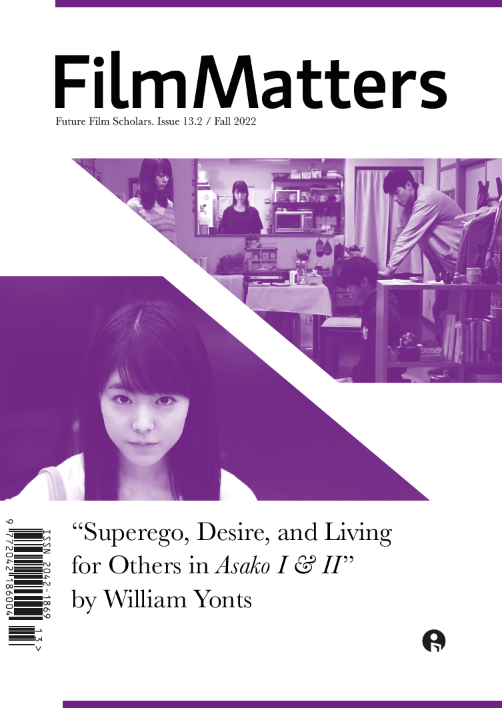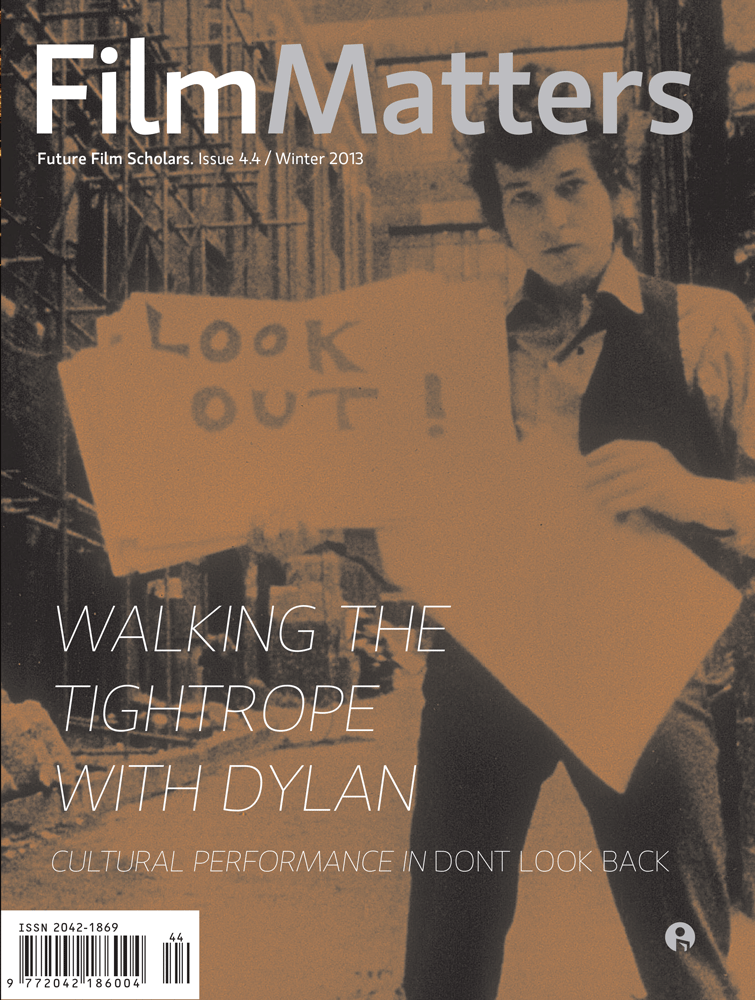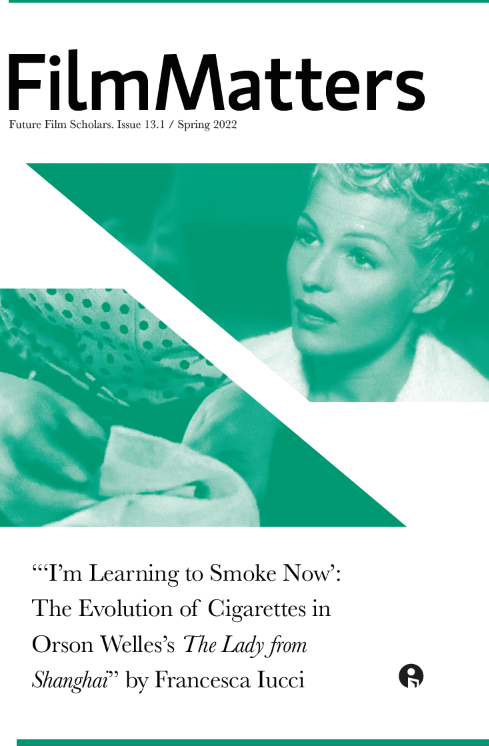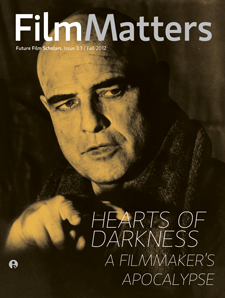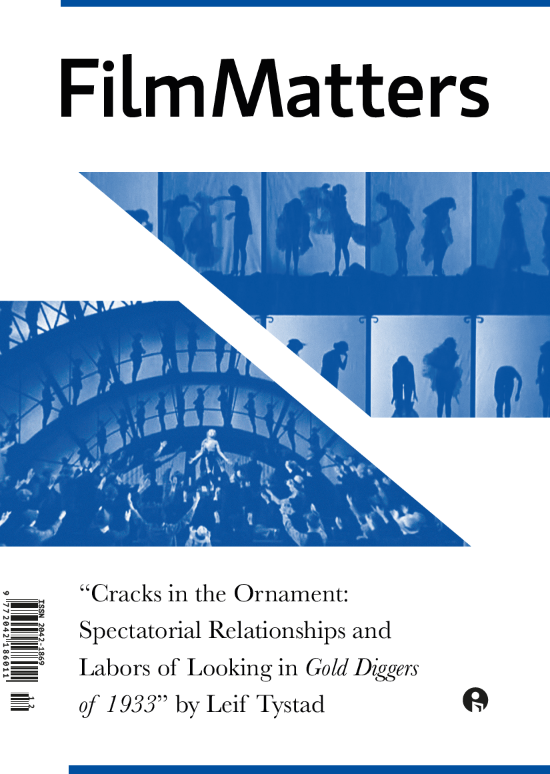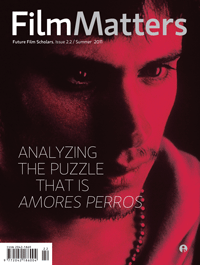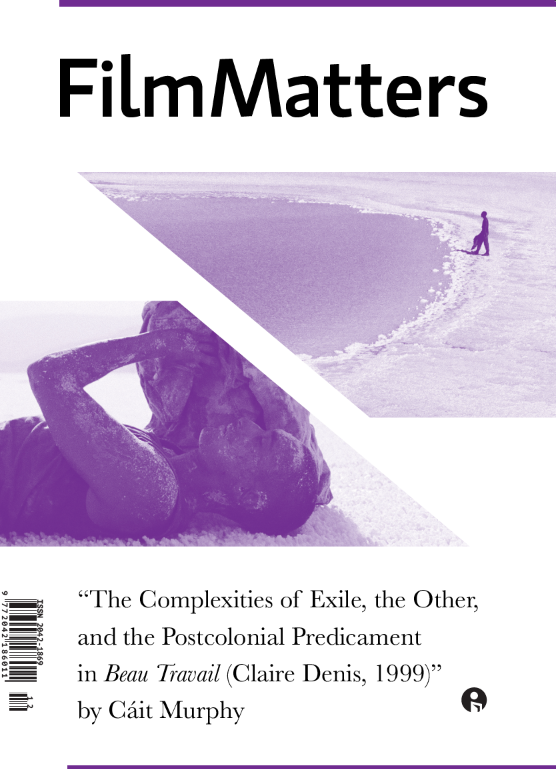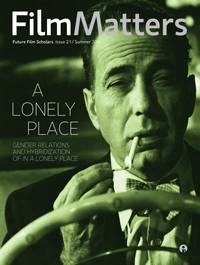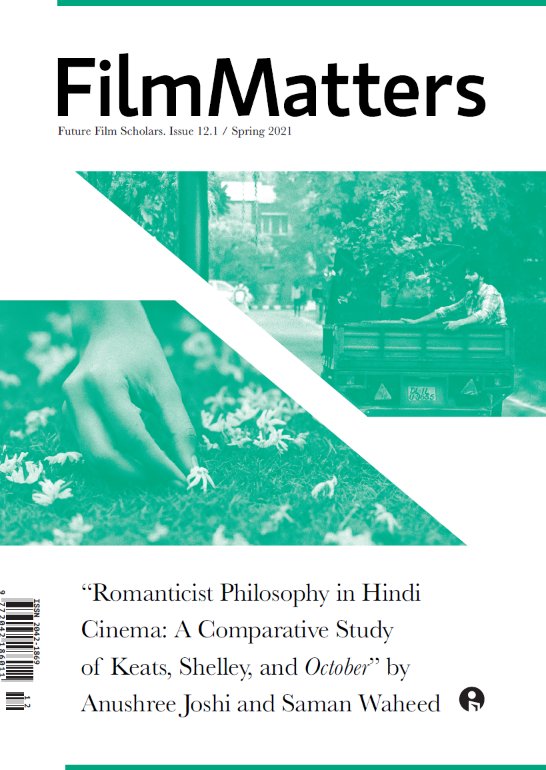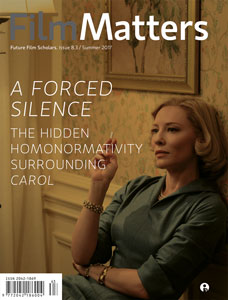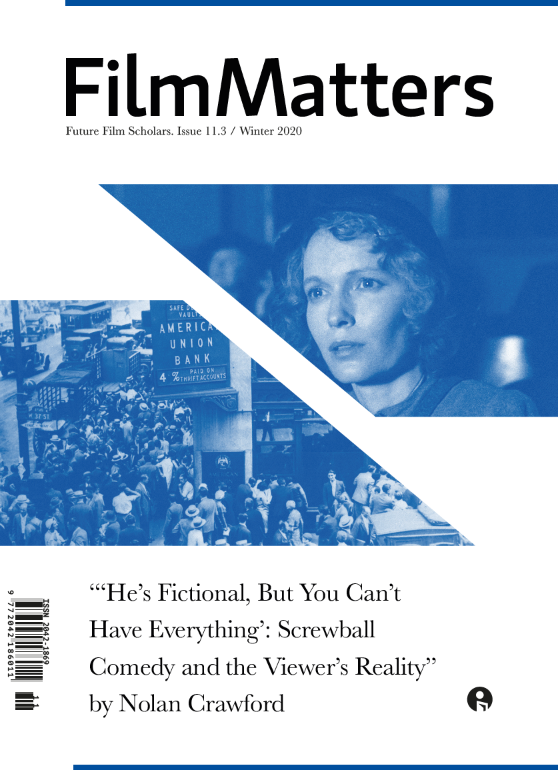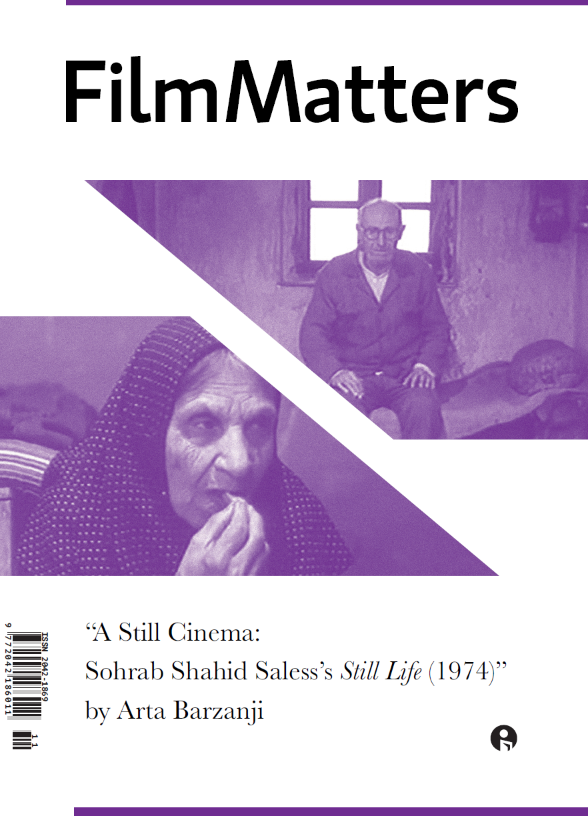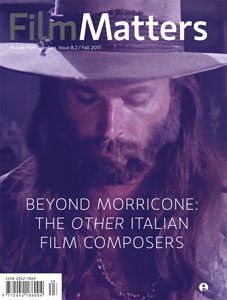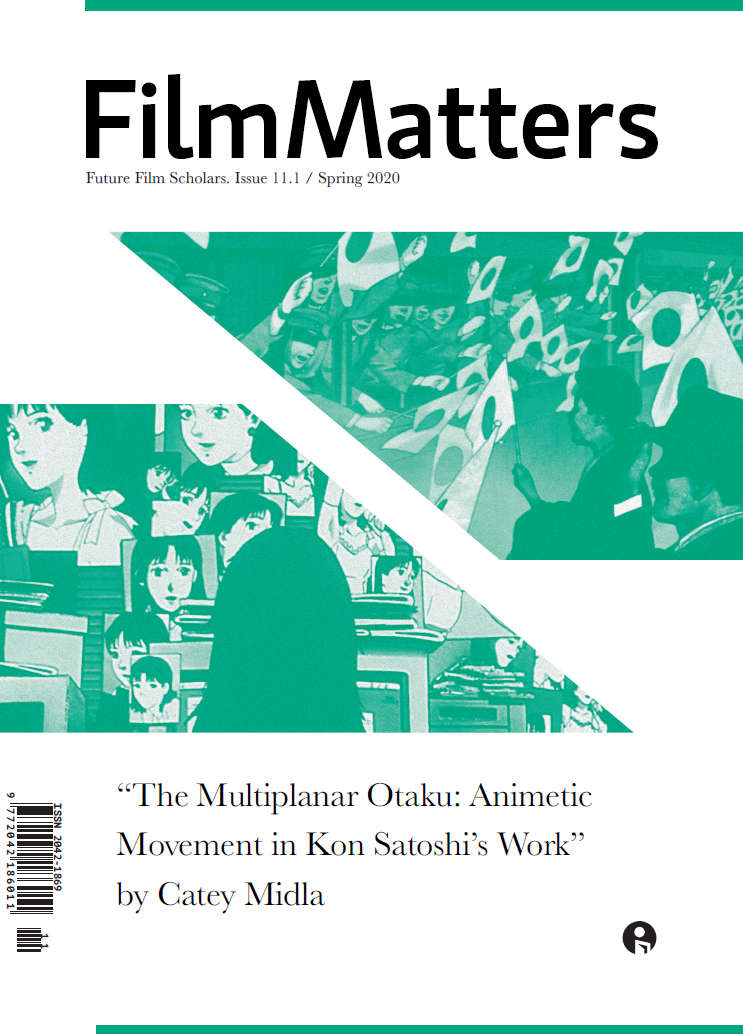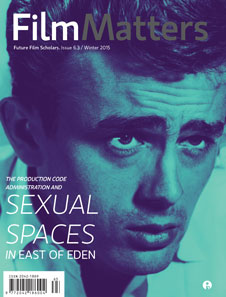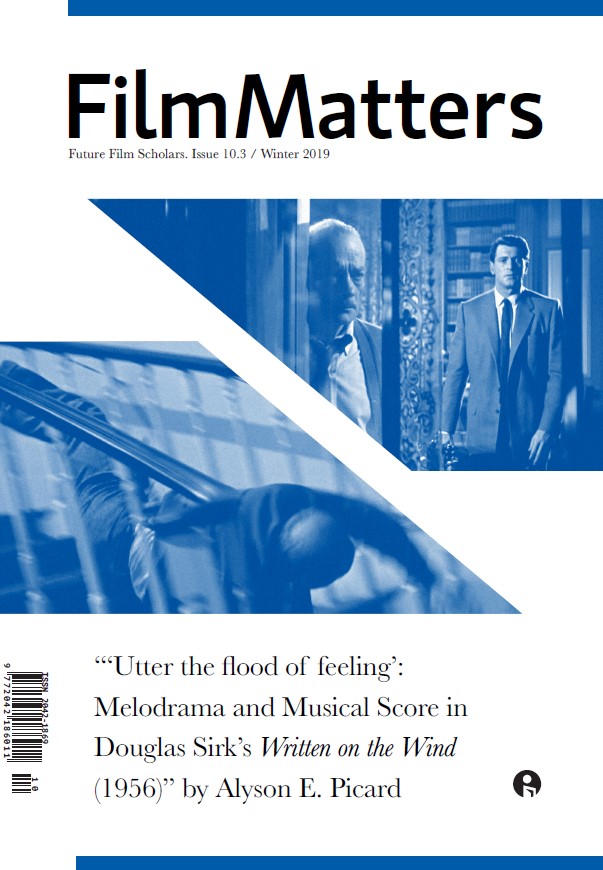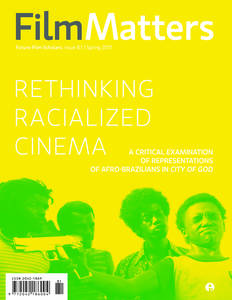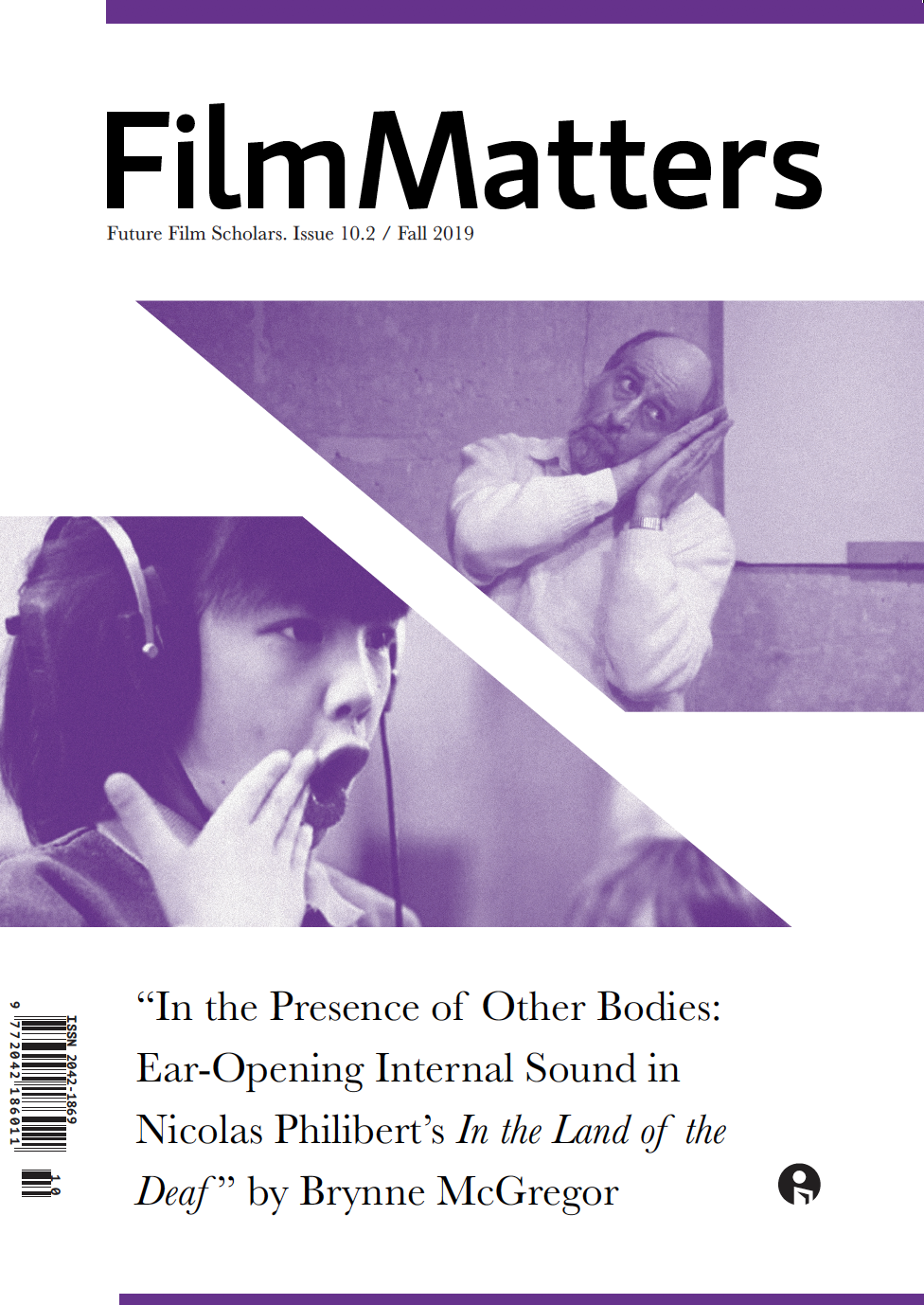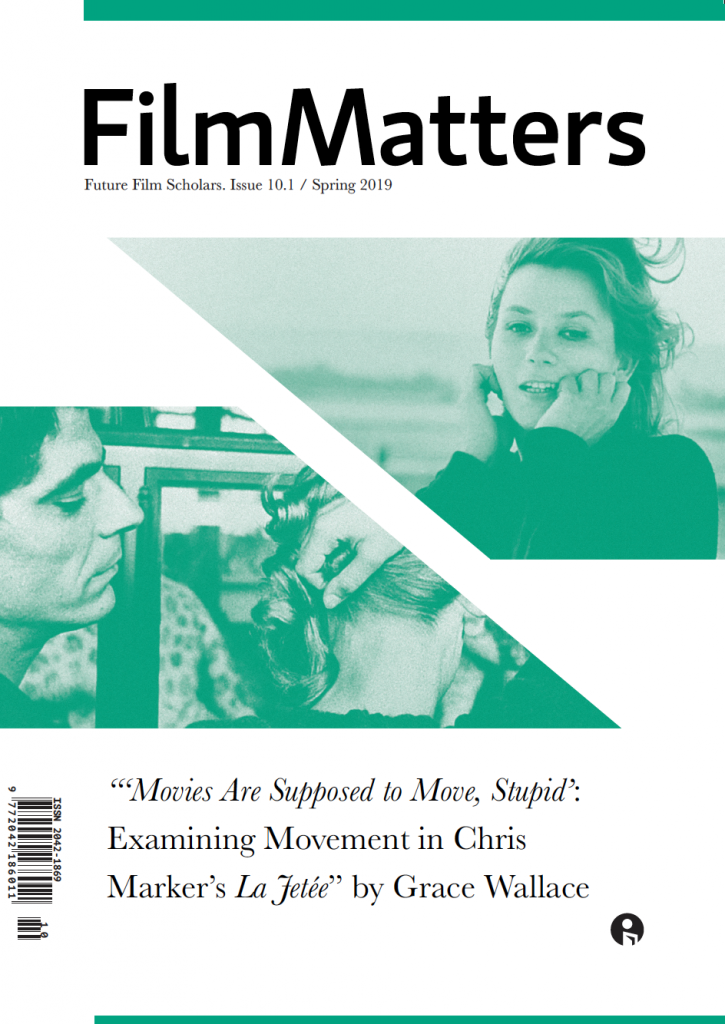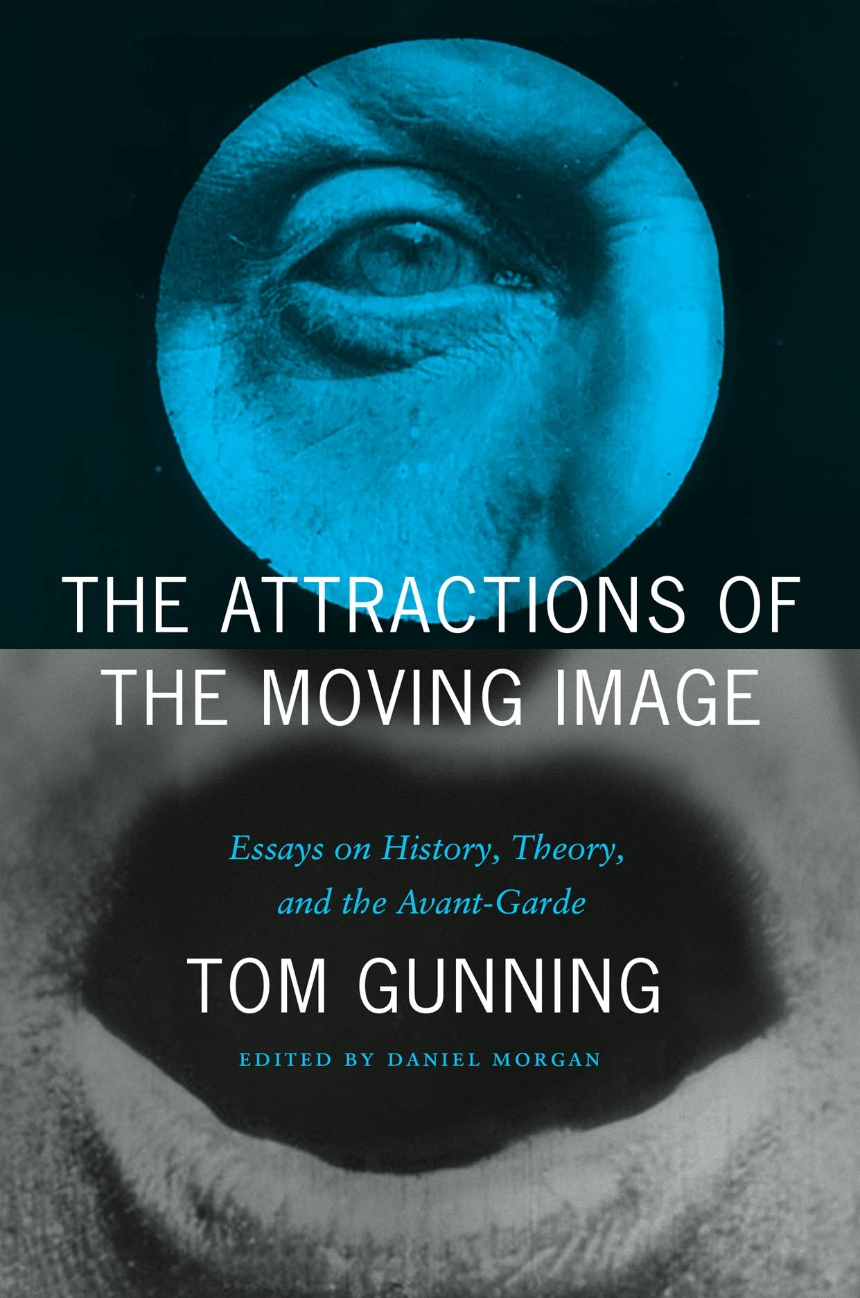
I had the opportunity to meet with Professor Tom Gunning—author of The Cinema of Attractions and the forthcoming anthology The Attractions of the Moving Image: Essays on History, Theory, and the Avant-Garde—over Zoom. We had an intriguing conversation on his new anthology, the impact of the famous “Cinema of Attractions” essay, and the rise of short-form content and social media in the field of film studies. Professor Gunning is very passionate about his writing; that care is evident as he discusses his thoughts on films and filmmakers, alike, throughout the years, and the love he has for early cinema. This was a delightful, insightful, and fulfilling conversation about film with one of its most renowned scholars.
Dason Fuller: So, question one, getting into it: In your own view, how would you say that film studies has been impacted by your writing, and specifically, your popular theories about the cinema of attractions?
Tom Gunning: Well, it’s hard for me to comment on that authoritatively without—you know, I haven’t made a survey of how my work has been received. But from the feedback that I do get, I know that the “Cinema of Attractions” essay is read in a lot of either Film History or Intro to Film courses, and I’m very glad that’s true. One of the main purposes when I first wrote it was to try to get a different view of film history. That there was a tendency—and still is, I think—to see in terms of progress. We start with very primitive things, and we get better and better, and film is always improving in terms of technology, and so on. And although there’s some ways that that’s true, I don’t view that history of any art form is ever simply one of progress. There’s always a way that the cave paintings are as great of paintings as any that were ever made in the twenty-first century. And likewise, I wanted to indicate how important, entertaining, and satisfying the very earliest cinema was—and not just look at it as something primitive and something that had to be surpassed. And I think that my feeling is that message has gotten across—that a lot of people look at films by George Méliès and other early filmmakers and really enjoy them, and don’t just think of them as a stepping stone.
The other thing is that I wanted very much—and I think this has happened, although I’m not sure—to emphasize that what movies deliver to us isn’t just storytelling. Now, storytelling is extremely important and maybe the primary task of filmmaking, and it’s probably not absent from . . . almost any films that are made, certainly commercially. But at the same time, I would say even in the most commercial and, kind of, “hip” movies, there’s this interest in the visual; interest in the kind of experience of just watching a movie, and everything that cinema can do, that other storytelling forms can’t do.
And as I say, I don’t want to deny that this is partly true, but I want to emphasize that it’s partly true. You’ll hear this idea that, well, “the point of a movie is to tell a story,” and, certainly, if you’re writing scripts, that’s a point. But if you’re a cinematographer, if you’re a set designer—even, I would say, if you’re an actor—there are other things than just the story. That’s the message that I partly wanted to convey. So I hope both of those aspects have been absorbed.
DF: Yeah, I definitely think you brought back a love and a respect for early cinema. That definitely shows—as you said—in a lot of undergrad courses. Part of my thesis actually is about what you were talking about in that second part: how this visual attraction is a main aspect of some of these films and how it’s meant for a specific purpose. So, I definitely agree with all that. I think your messages are getting across like you want.
TG: Glad to hear that.
DF: But that does kind of bring us into the next question, where I wanted to ask about the unpublished essays that come up in this new anthology book. So, I saw you have one about the filmmaker Stan Brakhage, and then there’s another in there about moving images within evolving technology. So, I was just wondering, among the four [unreleased essays], is there a common theme or purpose intended among releasing them in this book?
TG: I would have to say not exactly, because kind of when we began assembling the essays for the book, there was an interest in having some things that were new—that weren’t available otherwise. And those were four essays that I’d written in fairly recent periods, and that I thought were important, but it wasn’t as though they had a common theme. . . . Except for—and this is what I guess would be the longer answer—I do feel that all of the essays have something of a common theme, about a little bit of what we just talked about: recognizing and analyzing the visual traction of the moving image, and seeing that as a historical element throughout the history of film. Starting with early cinema—which was kind of the focus of my early work, and of my dissertation when I was a graduate student—but also going through recent films and the avant-garde, which is a great interest of mine. And I was very happy to have the essay on Brakhage included, because he’s, to me, a very great filmmaker, who—certainly not everyone can respond to, maybe, but—everyone should, I think, at least have a sense of. And I tried to explain in that essay why I think his work is so exciting to me and valuable.
So I wouldn’t really say there was a logic that unites the unpublished essays—except for the logic that maybe unites all my essays in a certain way: this emphasis on other elements than just storytelling. However, I want to also indicate, I think storytelling is really great and really interesting. It’s actually the way that it interweaves the attractions in cinema with the curiosity and suspense of storytelling that is very, very important to me. And there are a bunch of other essays—and I kind of hope, if this book sells well, there may be another volume—it’s been several years in the making, but particularly work that I’ve written on Hitchcock, who, to me, is a very, very important filmmaker. And it’s important to me that cinema can embrace a popular filmmaker like Hitchcock and a not-so-popular—I don’t mean unpopular—but I mean not-so-well-known filmmaker, like Brakhage. And as I say, that’s kind of one of the underlying themes of almost all the essays: that there’s a range of styles in cinema. But they’re all cinema. They’re all film.
DF: I love that. You said Hitchcock and my eyes lit up. I love Hitchcock.
TG: Well, almost everyone does.
DF: That’s true.
TG: But it’s very, very interesting because Hitchcock was a filmmaker that—when I was twelve—I got interested in. And I recall—because, you know, I’m now seventy-five, so I’ve got a bunch of film history under my belt in terms of what I’ve actually experienced—when I was an undergraduate at NYU in the late sixties, if I mentioned to people—even people who are very interested in film—that I loved Hitchcock, they would go, “Really? That guy did that horrible movie Psycho?” And I defended Hitchcock, and I taught early courses on Hitchcock. I think it’s one of the first ones ever taught at a university, and what’s amazing to me is now it’s universal. Everyone loves Psycho, but literally—what, forty, fifty years ago—there were people who would think of me as “vulgar and ridiculous” for liking Psycho. So watching that change has been amazing. Although I always say, when I teach Hitchcock now: I no longer have to convince people that he’s important, but I almost always have to make people understand that he was not always understood—and that, indeed, the way he’s understood is not necessarily the deepest penetration into his themes and style, which I love to explore.
But, as I said, I don’t think there’s any Hitchcock essay in the volume as it is now, but hopefully in the future. And of course, there are some published. So, yeah.
DF: Yeah, that would be great. I will read anything Hitchcock related. So, continuing on with some other filmmakers that you are interested in—you’ve also published books analyzing the films of D. W. Griffith and Fritz Lang. So, I’m just wondering, what is it about their work that drew you to them?
TG: Well, it’s a good follow-up question. I might mention, the book that’s being published was put together by my friend and colleague, Dan Morgan, who just did an amazing job and did a lot of work that I didn’t want to undertake. And I owe him both a debt of gratitude for that help, but also for his insight. But there was one point [where] he wrote an introduction, and he said something, and I said, “I’m not sure I agree with this,” which was that I was basically a “master of the essay.” And although I take the compliment—you know, very humbly—the monographs that I wrote on [these] two directors are very important to me, too, even though they aren’t “bestsellers.” So, with Griffith: it’s really a book only on his earliest films, and it’s really about how he created a narrative style—a storytelling style. So it’s kind of the reverse of the “Cinema of Attractions.” It is a study about how films began to tell stories, how they began to create characters, and how they began to create suspense. Griffith was not only one of the first to do that, but he was one of the greatest masters of both creating characters and creating suspense— and that is basically what I tried to talk about in that book.
The book on Fritz Lang is very personal to me. Lang is also a tremendous storyteller, and the world that he creates through his films is a world in which the idea of—I actually call it in the book, a “destiny machine.” Some people writing on Lang have talked about it as “fate”—which has a little bit too much of a religious, mythical sense—and I talk about it as more a mechanical thing, and which is related to its own filmmaking. And so he’s an amazing director of the attraction elements of film, both visually and with sound. He’s one of the first really great sound filmmakers, with his film M. It was the way that he created a world in which usually his characters are entrapped and controlled by the composition of the camera, the nature of the sound, the way the story fits together—all those things. So, with both of those people, both of those directors, both of those figures, it was really this kind of mastery of all the elements of film, or a type of, both storytelling—but maybe even more important—creation of a world. And that is certainly part of what any good storyteller does but, with film, it’s literal. I mean, you really see a world on the screen. And that is one thing that I try to describe for both of those filmmakers.
DF: Just a little follow-up question, because now I’m curious, are there any directors or filmmakers today that you feel like are similar, that are very good at creating a world like that?
TG: For sure. I mean, I guess, although he’s kind of at the end of his career—I don’t think he’s made anything for a while—but Terry Malick. Terrence Malick is probably the current filmmaker that I most admire. He’s a perfect example of someone who, although he tells stories, more important to him is the world they take place in. His last great film, Tree of Life, people kind of mocked it because it went back to the dinosaurs to tell the story of a Texas family. But it was because, really, he has a sense of all of the world—all of, you could say, creation. Nature as much as human beings come together to create a really dynamic type of filmmaking. I actually had a great chance at the University of Chicago to talk to him. We gave him an honorary degree, and I kind of interviewed him. And it was amazing to me because at one point I was talking about how wonderful his treatment of nature was, and he kind of went, “Really? Is there more nature in my films than other people’s?” And that kind of surprised me that he wouldn’t have thought this—and I’m not sure he wasn’t being a little bit disingenuous—but it also indicated to me how natural it was for him, that [nature] had to be in a film. Trees, plants, animals, and atmospheric conditions were just as important as the drama between people—and also how people deal with it. He deals with architecture and gardening at the end of The New World, when the character based on Pocahontas goes to England and sees these elaborate gardens, you know, unlike her native kind of forests. It’s an amazing moment. And something, again, I think only film could capture.
DF: I love that. I have some friends that really, really love Terrence Malick, so they’ll be glad to hear that.
TG: In fact, it’s funny. I have a new one-year-old grandson, and my son named his middle name Malick.
DF: That’s awesome. Congratulations on that also. That’s really awesome. In your preface, you mentioned the fact that the term “moving image” may be more appropriate to describe the whole film medium than cinema now. What are your views on the rise of short-form content and social media that have changed the way we consume media? And, in your opinion, do you believe social media videos are films?
TG: Yeah, it’s a very important question. Let me say that I have great love for cinema—film—the traditional medium of the moving image. But, unlike some people who love it, I don’t have a sense of “it should stop and be then” —that only images on celluloid, only images projected in a movie theater—that is cinema and anything later is either a travesty or just an unfortunate thing. One of the main things I believe is that cinema is the medium of the modern world, and as the medium of the modern world—it is inherent. This is also inherent in the fact that it’s technological, which I think is very, very important: that it’s going to change. There is a kind of progress—as I said, I don’t believe in progress in art or in aesthetics—but in technology, there’s progress. I’m not sure I want to call it progress, exactly; this change, this constant development. I think, unless you are sensitive to that and open to it, you’re going to make things into fossils. You’re going to make history freeze, and I think that would be horribly unfortunate. The critic who I probably admire the most is the French critic André Bazin. He wrote an essay in the 1950s—actually kind of partly about the invention of film—”The Myth of Total Cinema.” On the very last line—he has a tendency to say something very explosive in the last line of his essays— “and so, cinema has not yet been invented.” I think that’s really important—not with the idea, necessarily, that cinema is incomplete. Again, I don’t believe in progress, in that sense, but rather in the sense that it’s in the nature of cinema that it’s constantly being reinvented and renewed. So I don’t always respond to everything in new media, but the idea of new media is very important to me. And although I love going to the movie theater, I think it’s very important that people now consume film in all different platforms. Even though I would certainly agree that: maybe there are certain films that you should really only see on the screen, and to watch certain films on your phone is kind of ridiculous. But I wouldn’t close it down totally, because I think that the variety of experiences is really important. This partly comes from my immersion in the history of cinema because, I know, when cinema began, there were a whole lot of different platforms. What Edison invented was not the movie on the screen. It was a movie in a peep show, in some ways closer to television. It was other people who really brought it to the screen. So, the idea that there’s only one form, or one mode of watching or making film that has to be canonized as the “proper one” —that is, for me, very wrong.
One of the reasons I think my essay has had success is because it corresponds to certain contemporary experiences, even ones that hadn’t yet become really broad or widespread at the point that I was first writing it . . . whenever I wrote it. I can’t quite remember. So that openness is really important to me, and also the variety.
This also goes back to the fact that people forget that the classic experience of motion pictures in the movie theaters—say in the, through the thirties or twenties, or through the sixties—was very varied. They not only saw a feature film. They also saw a newsreel. They saw a cartoon. They saw a short comedy. A variety of things—so it was more like television programming than what people now think of as what a movie is: where you just watch the feature and that’s it. When I was young—and for many years before and a few years after—you went to the movies almost without checking when they began. I’ve found, for instance—people know this phrase, people your age— “this is where we came in,” but they don’t know what it means. What it referred to is the fact that people would go to the movies whenever it was convenient, and they’d watch it and the movies were continual. So, when it ended, it started again after a brief intermission—where you got a hot dog, or popcorn or whatever—you watched it until you came to the point where you came in. So that’s what that means. “This is where we came in.” It’s amazing to me—I’ve known lots of students who knew that phrase, but had no idea what it referred to. They just thought it was about the repetition of life or something . . . but it really was about this fact that classic moviegoing was not just the kind of experience you’d get watching a movie in a classroom, say. It was more open, more discontinuous. As I said, it also had all these other short forms with it. When I was young, we would go to the drive-in movie in the summer and it wouldn’t start until maybe nine o’clock. We often would leave after the cartoon, the brief comedy, the previews; all that before the feature came on, because we’d had a good forty-five minutes of entertainment and it was already getting past our bedtime. So it’s important to me that the variety of experience that film history actually made available be remembered, and that not be ossified into “this form is a ninety-minute or two-hour film” and that’s it.
DF: I’m just like your students. I had never heard the origin of that phrase. So that’s funny.
TG: But you knew the phrase.
DF: I did know the phrase. Yes, I’d heard the phrase before.
TG: Well, I’m glad to get that confirmed, because I began to think maybe people don’t know that phrase anymore.
DF: Yeah, no, I’d heard it. But yes, you taught me its origin today. So, thank you for that.
TG: Well, thank you for thanking me.
DF: I love what you said about not responding to all of it, but thinking it’s important. I think that’s a great position to stand at. Being open to the evolution of cinema because it’s kind of inevitable—and it is happening, whether you enjoy the new modern forms it’s taken or not.
TG: I think I might just mention something that I think is quite important, although COVID kind of stopped this a little bit: 3D, which a lot of people attacked. Roger Ebert, who was not a bad critic—a pretty good critic—wrote an essay that I hate called “Why I Hate 3D (And You Should Too).” You know— “school teacher-ish” attitude. And I would react, “Yeah, sure. A lot of movies in 3D are terrible, but a lot of movies are terrible.” 3D isn’t what makes them terrible. In fact, it’s something really exciting—and often in a movie whose plot I couldn’t stand, the 3D was amazing. You know, one of the Transformers films—which I often found the boring, love story quite tedious—the scenes of destruction in 3D were amazing. I definitely got my money’s worth, even though during the dialogue, I sometimes would take a little nap.
DF: That’s awesome. I champion the movie Spy Kids 3D: Game Over. I don’t know if you’ve ever seen that.
TG: I have to admit, I haven’t, but I’m glad to hear it. It hasn’t disappeared, but 3D has always gone in cycles, where it would come for a while and then it would kind of disappear and then it would come again. So, who knows? Again, an illustration of why I don’t believe in progress, more like cycles in progress.
DF: So, in terms of publishing and getting your work out into the film studies field, what pieces of advice might you have for film scholars looking to get into publishing or academic writing or anything like that?
TG: Yeah, I have to admit, I’m not sure I have good advice on this. I mean, I have over one hundred and fifty published articles, but to tell you the truth—this is going to sound kind of silly—but I just always write about what I care about and what excites me. Now, luckily, people have responded to that. I’m not exactly sure why, you know, and I’m not trying to be falsely modest. I know I can write well and I think I’ve got some good ideas, but the most important thing is to write about what you care about. I had a very great advisor on my dissertation, an extraordinary man whose name was Jay Leyda. He was a translator of Sergei Eisenstein’s writings and wrote one of the first histories of Soviet film, and one of the first histories of Chinese film. And I know at one point, when I first met him, he was meeting with a group of students and he said, “Well, my advice to you is just to figure out what films you really love.” And I have to admit, even though that sounds like, you know, kind of Reader’s Digest wisdom, I believe it. And as far as writing, for instance, when it’s advising students who are writing a dissertation, I would say, “Well, the most important thing is to choose a topic that will make you happy to get up on Saturday morning and write.” And so that involvement is, to me, the key. There, of course, are things that are popular and things that aren’t popular. I’m not sure that the things I write would fit into the current greatest hits or desires from editors. And from things that I’ve heard, I think they might not . . . but I don’t believe in, kind of, looking at what’s popular—because, usually, if you do that, by the time you’re finished writing, it’s not popular anymore. So, as I say, I’m not sure I have great advice on it, except for one’s own involvement . . . which I think people can sense whether a writer is involved or not.
DF: Yeah, I think that’s great advice. I think we definitely fall into this trap a lot of times now, especially as film students, where we get to thinking nobody wants to read what we like or are passionate about. So we get “shoe-horned” into writing about other things. So I think that’s very important to hear from you, who has published so much that you’re just out there writing what you love.
TG: Well, I’m glad, although as I say, I’m not sure it’s going to be good practical advice.
DF: Yeah, at least it’ll be a comfort to us that that’s what everybody’s out there doing, or that’s what some of you are out there doing, anyway. So, just to end it off on a little bit more of a fun question, just because I’m excited to hear this. So, if you had to pick from all time . . . what are some of your favorite films?
TG: That’s always difficult—not because I don’t have them—but because I have so many. I change on different days, and often I go, “I didn’t mention this one.” But, right off the top of my head, Vertigo is my favorite Hitchcock film; and, maybe, if I had to choose a single greatest film of all time—it might be that film. Sunrise, the silent film by Murnau, from the very end of the silent period—1927, I think—still is one of the greatest films ever made. Lang, both Metropolis and M are two of my most favorite films. There’s a film by Stan Brakhage that is about six minutes long—and which has no story and no actual space in it. It’s a film called Mothlight. And it’s made up of—he gathered together plants and the bodies of dead moths and bits of flowers. And he packed them into a film and made a film out of it. And I think it’s maybe the most perfect film ever made. So that would be one. John Ford’s The Searchers is a film that I saw when it came out and I was six years old, and it’s always been one of my most favorite films of all time. And then Day of Wrath, filmed by the Danish director Carl Theodor Dreyer. It was shot actually in Norway during the war. It’s a film about the witch trials . . . and it’s definitely one of the greatest films ever made. One more, Ugetsu, or Ugetsu Monogatari in its full Japanese titled by the great Japanese filmmaker Kenji Mizoguchi, which is a ghost story, and a love story, and an extraordinary film. So there, you know, I could keep you on here for twenty-five minutes with another five hundred titles, and I’m sure I’ve left out some really great ones. Oh, maybe I’ll put in D. W. Griffith. A film he did with Lillian Gish in the twenties called True Heart Susie, which I think is one of the most moving stories of a kind of love affair that never happens. And it’s really wonderful.
DF: That was a healthy range of films. I love that, they’re very diverse.
TG: I hope so, because, cinema is nothing else, if not diverse.
DF: That is very true. I love the Vertigo pick and I’m surprised, but I love The Searchers pick. I did not expect to hear that today, but I do love that movie.
TG: Yeah. Well, I think it’s a film about the American nightmare and about the genocide of Native Americans and the kind of racial politics under it. And it’s easy to mistake the fact that it’s dealing with that from inside, with that in some ways endorsing those kinds of things. Whereas, in fact, it’s deeply critical, but not just casting stones. It’s really trying to understand what the nature of American violence and passion is.
Author Biography
Dason Fuller is a graduate student pursuing his MA in Film Studies at the University of North Carolina Wilmington. He received his BA in Film Studies in the summer of 2023, and has previously published in Film Matters Magazine. After achieving his MA, Dason is interested in pursuing academic writing and teaching.
The Attractions of the Moving Image: Essays on History, Theory, and the Avant-Garde is now available from The University of Chicago Press.

